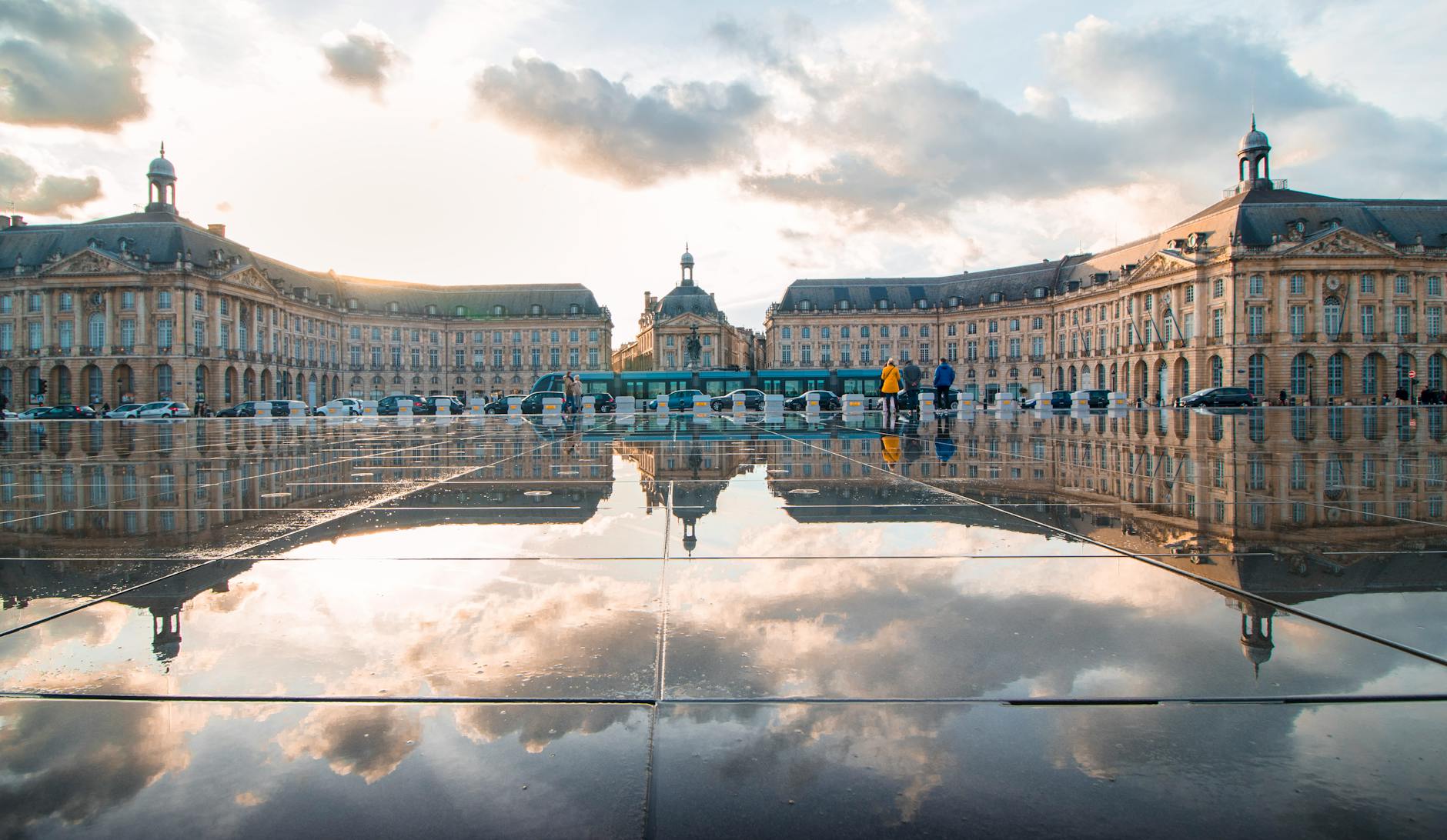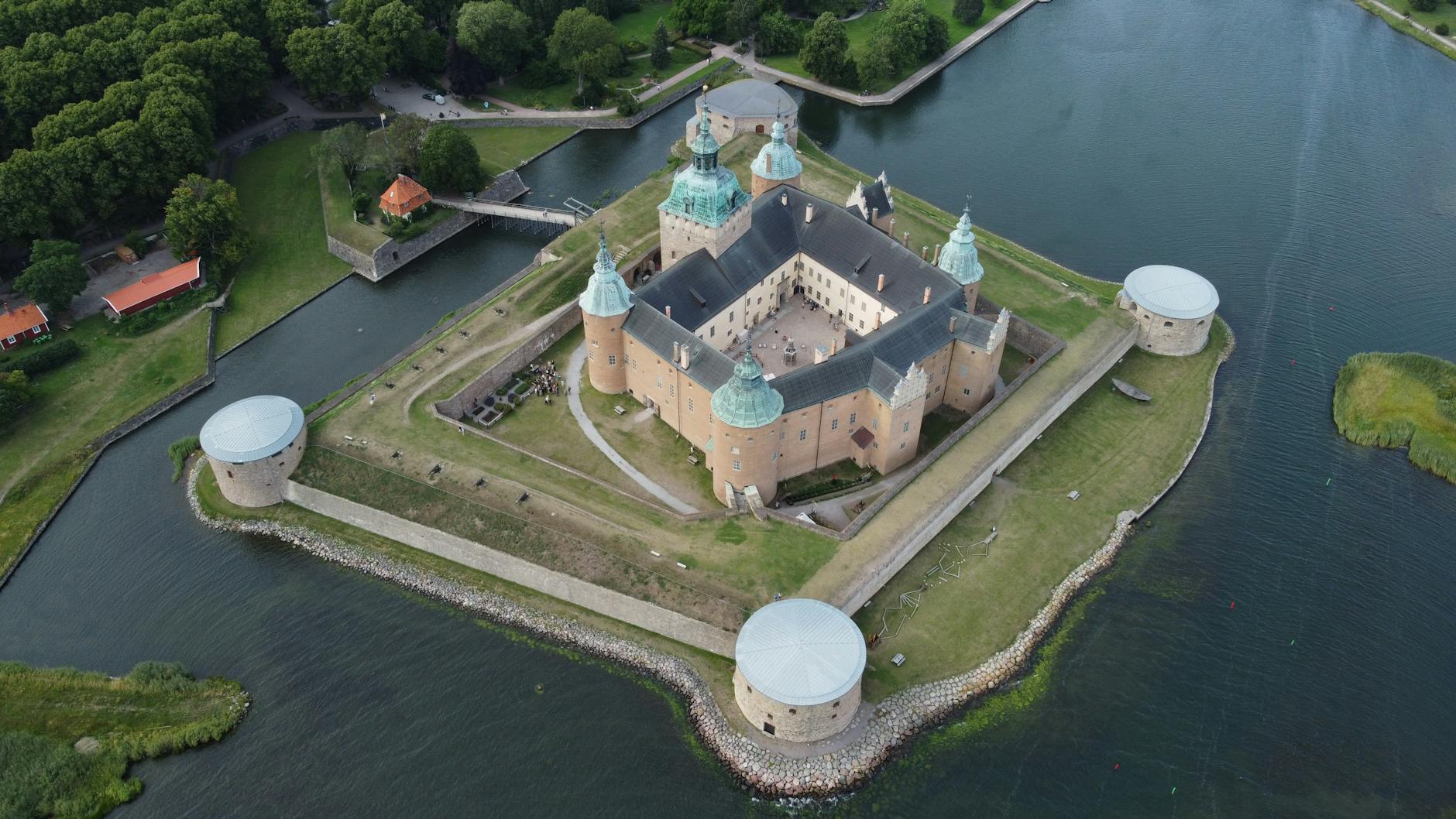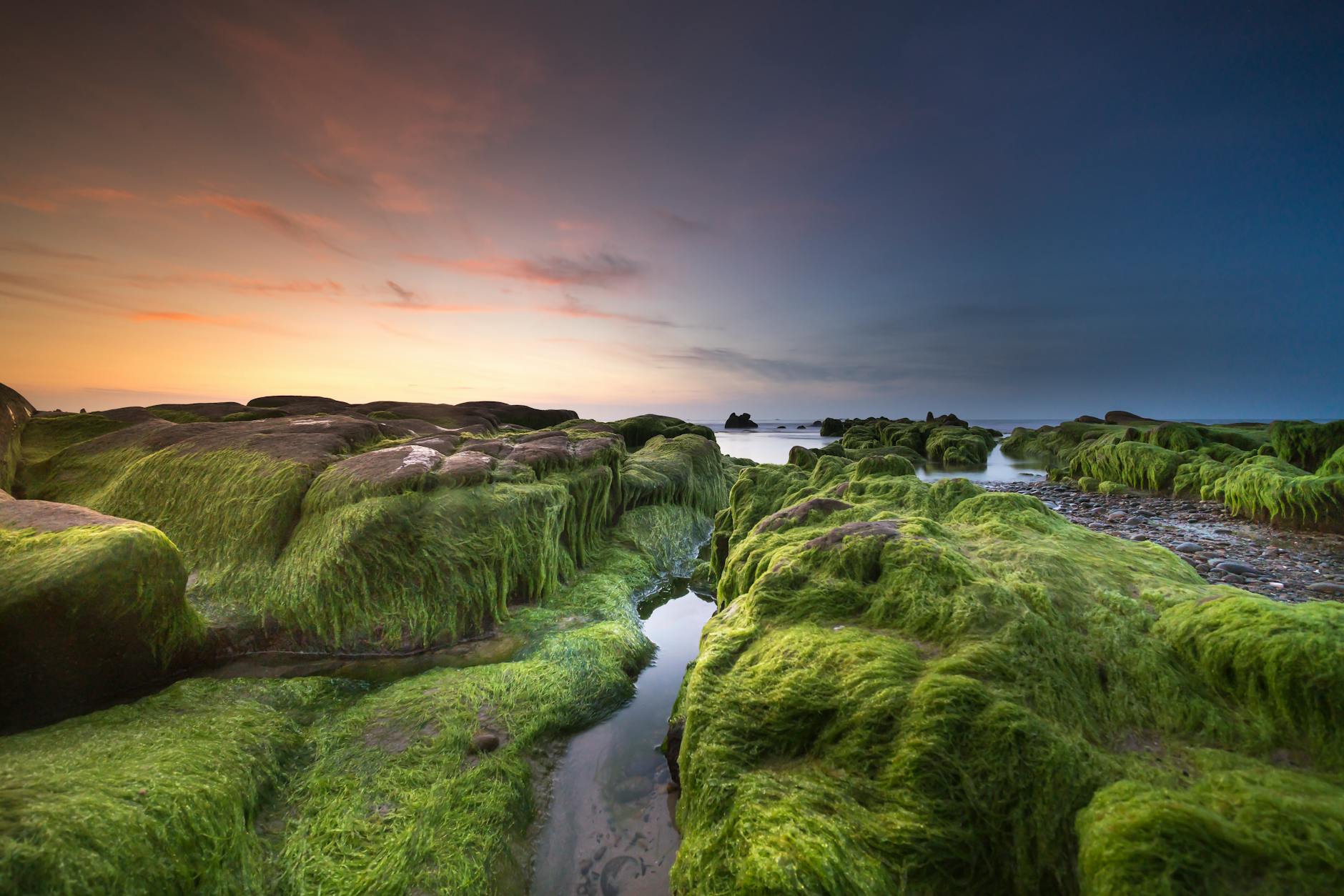Why Australia is a Must-Visit Destination for Adventure Photographers

Capturing Australia's Unique Wildlife
Australia's wildlife is a rich tapestry of unique species, with diverse habitats offering endless opportunities for photographers. As someone who holds an interest in both the art of photography and environmental conservation, capturing the enchantment of Australia's fauna is a rewarding pursuit. When exploring the vibrant ecosystems, it's crucial to remain aware of our impact. Ethical photography should prioritise the well-being of the subjects and their habitats.
In Melbourne, you may draw parallels between photographing wildlife and capturing the vibrant street art of Fitzroy. Both require a keen eye for detail and respect for the environment. When aiming to photograph iconic species, such as the kangaroo or the koala, patience and stealth are key. Observing their natural behaviours without causing distress allows for more authentic captures.
Iconic Species of Australia
Australia hosts numerous iconic species. Some of the must-photograph animals include:
- Koalas: Found lounging in eucalyptus trees, best photographed during morning or late afternoon when they're most active.
- Kangaroos: Often spotted in open grasslands, ideal times are at dawn or dusk when lighting is softer.
- Emus: These large flightless birds are mostly found in open plains and woodland.
Tips for Ethical Wildlife Photography
Practicing ethical wildlife photography involves:
- Maintaining a safe distance to avoid distressing animals.
- Avoiding flash photography, as it can startle wildlife.
- Staying on designated paths to prevent habitat disruption.
For those passionate about merging adventure with preservation, antarctic tours or South America tours offer further eco-conscious avenues to explore wildlife. Whether photographing in Australia or beyond, the aim is to enhance awareness while preserving the natural beauty of our subjects.
Exploring Dramatic Landscapes
Iconic Natural Landmarks
As a photographer with an eye for impactful imagery, you'll find Australia's dramatic landscapes a captivating backdrop for your work. While contemplating your next venture, why not look beyond our shores towards african tours? Imagine capturing the majestic Table Mountain or the sweeping vistas of the Drakensberg range during your south africa tours. These locations offer not only unparalleled visual splendour but also an opportunity to witness landscapes that provoke awe and admiration, similar to the kind inspired by the landscapes of the Yarra Bend Park back home.
Photography Tips for Diverse Terrains
Diverse terrains require a blend of patience and adaptability. Consider using a wider lens for expansive shots of sweeping savannahs or towering cliffs. A tripod is invaluable for achieving a crisp, stable frame, especially when shooting in low-light conditions. When dealing with various elevations or unpredictable weather patterns, it’s crucial to prepare a flexible plan to make the most of these natural dynamics. Mother Nature, though beautiful, can be unpredictable—ensuring you have the proper gear and being adaptable will make your work more rewarding.
Best Times to Capture Landscapes
Timing is everything when it comes to landscape photography. The golden hours—shortly after sunrise and before sunset—often provide the most dramatic lighting. These times bring out rich colors and soft shadows, highlighting the texture and detail within nature. In Australia, think of catching the early morning light filtering through the canopies at the Royal Botanic Gardens; similarly, dawn or dusk may be the perfect moment to snap breathtaking vistas during your travels.
Engaging with landscapes requires us to channel our creativity with a focus on the land’s emotion, much like appreciating the vibrant street art of Fitzroy. Let the rich variety of the world’s terrains expand your photographic narrative while maintaining a mindful approach to our environment.
Adventure Photography Techniques
Essential Gear for Adventure Photography
Having the right gear can make all the difference when capturing the breathtaking splendor of adventure photography. The essentials include a weather-sealed camera, versatile lenses, and a sturdy tripod. A wide-angle lens is indispensable for those sweeping shots of the vibrant street art of Fitzroy or the expansive tapestries of the Yarra Bend Park's natural landscapes. It's vital to invest in a robust camera bag to protect your equipment from the elements, particularly if you're considering thrilling machu picchu tours or a captivating tanzania safari.
Mastering Action Shots
Action shots captivate audiences by freezing moments that are full of energy and emotion. The key to mastering these shots is understanding your camera settings. Use a fast shutter speed to crisply capture fast-moving wildlife, such as the dynamic inhabitants of Melbourne's Royal Botanic Gardens. Don’t hesitate to increase the ISO if you need more light; the added grain can sometimes add an authentic feel to your images.
Using Natural Light Effectively
The interplay of natural light can be your greatest ally or largest obstacle. Shooting in golden hour—a period shortly after sunrise or before sunset—provides soft, warm tones that enhance the natural beauty of your subject. During the harsh midday sun, seek out shaded areas to diffuse the light, creating more balanced compositions. The ever-changing sky over Melbourne offers a spectacular palette, enabling you to use light creatively to highlight or silhouette landscapes effortlessly.
Safety and Environmental Conservation
Navigating Remote Locations Safely
Venturing into remote areas presents unique challenges but enriches the wildlife photography experience. It's essential to approach these adventures with comprehensive preparation. Reliable navigation tools, such as GPS devices and updated maps, are crucial. Establishing communication with local guides ensures a deeper understanding of the environment and helps in anticipating any potential risks. Consider packing a well-stocked first-aid kit to address any unexpected injuries promptly.
Minimal Footprint Practices
As a photographer with a keen eye for conservation, adopting minimal footprint practices is vital. Carry reusable water bottles and eco-friendly gear to reduce waste during your expeditions. Be mindful of your surroundings, staying on designated paths to protect delicate ecosystems. Embrace the 'leave no trace' principles, ensuring no disruption to the natural habitats captured in your lens.
Collaborating with Local Conservationists
Working alongside local conservationists can transform your journey, providing invaluable insights into ecological preservation. This collaboration enhances your understanding of the region's flora and fauna, while respecting the local culture and practices. Conservationists often welcome individuals participating in Africa tours or a Galapagos cruise. Engaging with these experts can offer enriching perspectives and highlight the delicate balance between nature and tourism. Through conscious collaboration, you can ensure your photographic journey supports broader environmental goals.
Avoiding Common Mistakes in Photography
Respecting Natural Habitats
In my journey through Melbourne's vibrant landscapes, I've learned the paramount importance of respecting natural habitats. Disturbing wildlife can have unchecked consequences, not only for the creatures but also for the thriving ecosystems they belong to. During my explorations in places like the Royal Botanic Gardens, I always keep a respectful distance and use a zoom lens to capture close-ups. It's essential to remain silent and minimise movement to avoid causing stress to animals. By doing this, we not only capture ethical photographs but also set a precedent for others visiting these natural environments.
Understanding Weather and Terrain
The unpredictable weather in Melbourne has taught me never to underestimate its impact, especially when photographing in the dynamic terrains of Yarra Bend Park. Before heading out, I always check weather forecasts and prepare my gear accordingly. Investing in waterproof coverings and understanding the terrain, whether rugged hills or flat landscapes, helps me choose the right footwear to maintain stability. Remember, embracing the elements can sometimes lead to capturing the most breathtaking shots, but preparation is the key to safely explore Australia's diverse terrains.
Complying with Local Regulations
While exploring the visual symphony of Fitzroy's street art, I can't stress enough how vital it is to comply with local regulations. Each area has guidelines that safeguard its beauty for future generations. From understanding entry permissions in natural parks to respecting public art, awareness is crucial. Often, regulations are in place to protect fragile ecosystems and indigenous cultural sites. This approach not only enriches my photography experience but also empowers me as a responsible traveller, respecting both the environment and the communities that hold these spaces dear.


